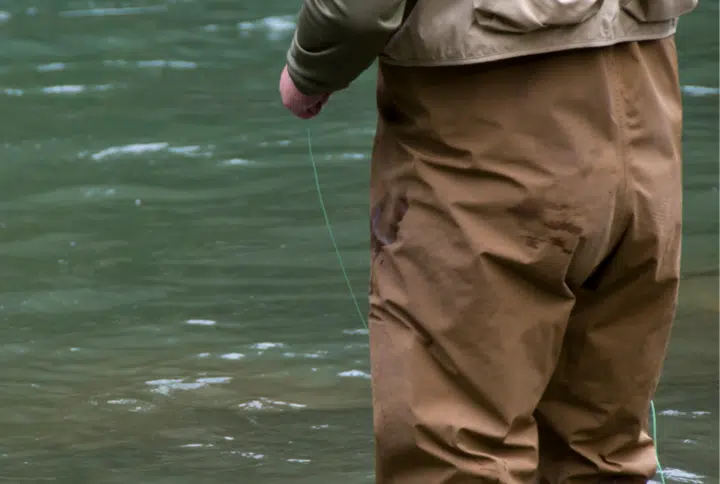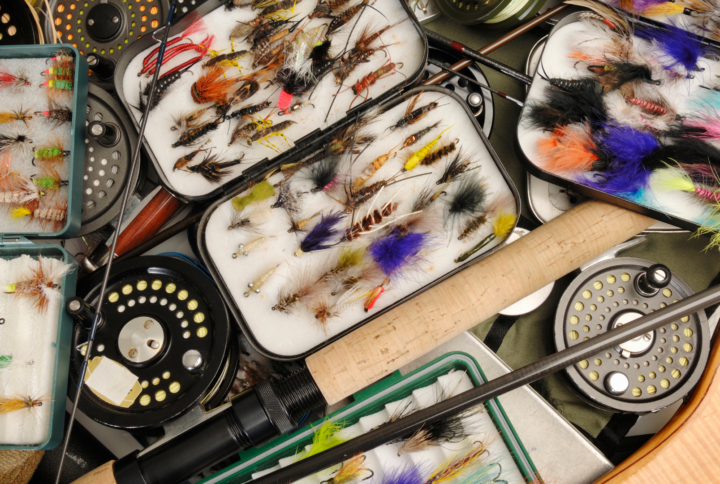Red River - Questa - New Mexico
Fly Fishing River Report & Conditions
Red River – Questa - Water Flow Chart
Red River – Questa - Weather report & radar
Red River – Questa - General hatch chart
| Month | Hatch | Time of Day | Recommended Fly Sizes | Popular Fly Patterns |
|---|---|---|---|---|
| January | Midges | Afternoon | 22-26 | Black Beauty, Zebra Midge |
| Baetis | Afternoon | 18-22 | RS2, CDC Baetis Emerger | |
| February | Midges | Afternoon | 22-26 | Red and Black Zebra Midge |
| Baetis | Afternoon | 18-22 | RS2, Flashback Pheasant Tail | |
| March | Baetis | Afternoon | 18-22 | RS2, CDC Baetis Emerger |
| Stoneflies | All day | 8-12 | Pats Rubber Legs | |
| April | Baetis | Noon – Evening | 18-22 | RS2, CDC Baetis Emerger |
| Caddis | Evening | 14-18 | Elk Hair Caddis | |
| Midges | Morning – Afternoon | 22-26 | Zebra Midge | |
| Midges | Afternoon | 22-26 | Red and Silver Zebra Midge | |
| May | Caddis | Afternoon-Evening | 14-18 | Elk Hair Caddis, X-Caddis |
| Stoneflies | All day | 8-12 | Pats Rubber Legs | |
| June | Stoneflies | All day | 8-12 | Pats Rubber Legs, Stimulator |
| July | Caddis | Afternoon-Evening | 14-18 | Elk Hair Caddis, X-Caddis |
| PMDs | Noon – Afternoon | 16-20 | Sparkle Dun PMD, Halfback PMD, Tilt Wing PMD | |
| August | Terrestrials | All day | 10-14 | Hopper patterns, Ant patterns |
| Caddis | Afternoon-Evening | 14-18 | Goddard Caddis, X-Caddis | |
| September | Terrestrials | All day | 10-14 | Beetle patterns, Cricket patterns |
| Baetis | Afternoon | 18-22 | RS2, CDC Baetis Emerger | |
| October | Baetis | Afternoon | 18-22 | RS2, CDC Baetis Emerger |
| Midges | Afternoon | 22-26 | Red and Silver Zebra Midge | |
| November | Baetis | Afternoon | 18-22 | RS2 |
| Midges | Afternoon | 22-26 | Black Beauty, Zebra Midge | |
| December | Midges | Afternoon | 22-26 | Black Beauty, Zebra Midge |
| Baetis | Afternoon | 18-22 | RS2, CDC Baetis Emerger |
Red River – Questa Access Points
Fly fishing on the Red River in Questa offers outstanding opportunities and diverse fishing locales. However, certain access points can enhance your fishing experience:
- John Dunn Bridge: This is a popular starting point for fly fishing in Questa. With easy access and various fishing holes, it’s a great choice for beginners and seasoned fishermen alike.
- La Junta Point: Situated at the confluence of the Red River and the Rio Grande, La Junta Point offers excellent fishing for trout species. However, a decent hike is required to reach this spot.
- Wild Rivers Recreation Area: With a number of converging rivers, Wild Rivers provides multiple spots for prime trout fishing including the Red, Hondo, and Pueblo Streams.
- Red River Fish Hatchery: Located off State Highway 38 near Questa, the area around the Hatchery is a tried and true spot, especially for those just starting to explore fly fishing.
Red River – Questa Fishing Spots
The Red River in Questa is a perfect spot for fly fishing, having multiple locations ideal for this activity. Below are some of the best spots:
- Red River Fish Hatchery and Visitor Center: It’s a prime spot for fishing as it is home to multiple species. Accessibility is great here with several fishing platforms available.
- Middle Fork Lake: A tributary of the Red River, fly fishers can hike to this lake to fish for Rainbow and Cutthroat trout in a serene setting.
- Columbine Creek: This is a tributary of the Red River that runs through Carson National Forest. It is known for its cutthroat trout.
- Latir Lakes: This series of lakes upstream from Questa are high alpine fisheries. They can offer some fabulous high-country fly fishing for Rainbow and Brook trout.
Red River – Questa Local Fish Species
- Trout: This includes two varieties – Rainbow Trout and Brown Trout. Both types are quite common in the Red River, making them popular targets for local fly fishers.
- Salmon: The Chinook Salmon, also known as King Salmon, can be found in this region. It is often targeted by experienced fly fishers due to its size and fighting spirit.
- Catfish: Though not as common as trout, the Channel Catfish can also be found in the Red River and is a great challenge for fishers.
- Walleye: This predatory species is a sought-after catch in the Red River. It provides not only a great fishing experience but is also is a prized catch for culinary purposes.
- Smallmouth Bass: The Red River harbors a healthy population of this scrappy fighting fish. It’s a popular game fish among fly fishing enthusiasts.
- White Sucker: Although they’re usually considered a secondary target, they still provide a great fight and are abundant in the Red River.
- Pike: These are aggressive predatory fish that provide thrilling fishing experiences because of their size and fight – some consider them a trophy fish.
- Sturgeons: If you are out for a challenge, pursuing the massive Lake Sturgeons in the Red River will be your ultimate test.
About the Red River – Questa
The Red River – or Rio Grande – is truly one of nature’s marvels. Spanning a vast 1,896 miles and crossing 3 U.S. states, it is the fourth largest river in the United States. The river marks the boundary between Texas and Mexico!
Before it was discovered by Spanish explorers in the 1500s, this important waterway was home to many Native American tribes, providing them with a reliable source of food and water. Over the centuries, it has been used for transportation and irrigation purposes.
- The Red River played a crucial role in the development of the Southwest.
- This life-giving river became the focus of boundary disputes between Texas and Oklahoma in the late 1800s.
- The river’s rich history includes the iconic Red River Campaign during the Civil War.
Today, the mighty Red River continues to be an essential water resource, supporting various wildlife and vibrant communities on its journey to the Gulf of Mexico.
Community Contributions
Be part of the fishing community!
No updates submitted for this river.



